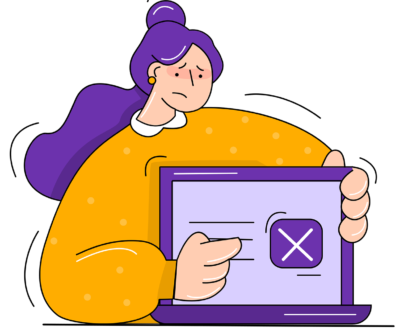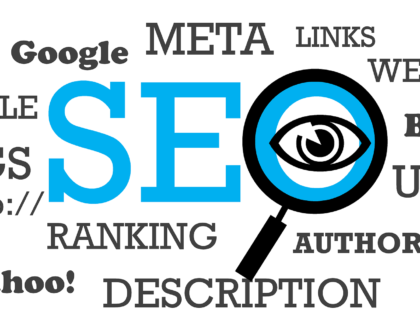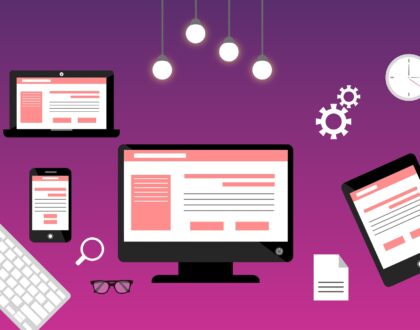Suppose you’ve created the most ideal and affordable web design. You chose elegant and appealing graphics, created a great theme, and structured them to meet the demands of your customers, believing they would like them. But what if there are blunders in your web design?
One of the most vital tools for any company is the website design you produce and sell. It is essential in focusing on every minor aspect and USP (unique selling point) of your company and its products or services.
However, neglecting SEO while designing your website is equivalent to operating a company without a marketing strategy. That is why, while developing a website, a competent website design business constantly considers SEO.
Importance of SEO
For advertising and expanding your brand, SEO is necessary. This is because only the websites with the highest search engine rankings receive the most visitors. SEO allows you to improve and maintain your website’s rating in Google’s Search Engine Results Pages (SERPs).
SEO is no easy task, and even professional web designers may make blunders. You should be aware of the most frequent mistakes that might occur while creating your website, how they can influence your SEO, as well as how to avoid them.
5 Most Common Web Design Mistakes:
To assist you to prevent such costly errors, we’ll go through the most prominent web design errors that might harm your SEO:
1. Navigation Difficulties
One of the most important yet often ignored parts of web design is navigation. Because many visitors are still getting used to moving around a responsive website on a mobile phone, it’s essential to plan your website’s navigation for all devices: smartphones, tablets, and computers.
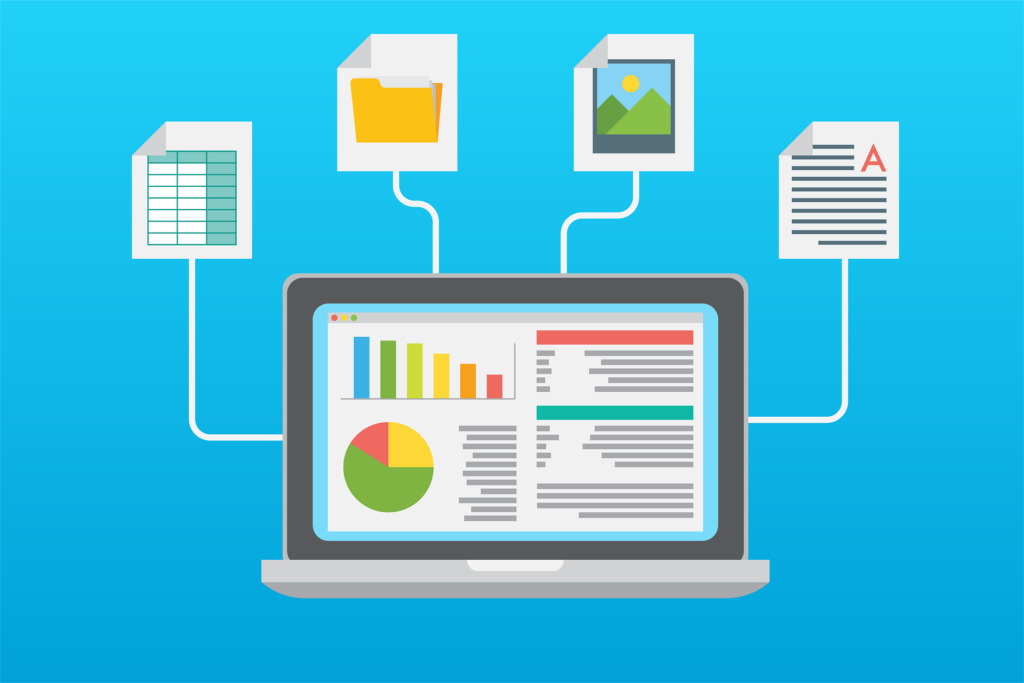
Complex navigation not only makes your website design inaccessible but also makes analyzing your pages challenging for search engines. If a search engine is unable to access your web pages, it means your website is not user-friendly. The easier your website navigation, the more likely you are to rank at top on a search engine result page.
2. A Slow Website
In the modern era, people demand a quick and simple online browsing experience. They are frequently checking social media updates, double-checking emails, and switching between many websites.
This indicates that the 3-second rule should be applied as frequently as possible to avoid people from exiting your website. It means that if the page takes longer than 3 seconds to open, … Read the rest
Good visuals have always proven to urge humans towards consumption. Attractively packaged products gather more attention than simple packaged products. Similarly, a good user interface in web design comprises a lot of features. These build up user satisfaction and enhance usability focusing mostly upon the visuals.
Visuals or Usability?
It is crucial to debate whether the user interface is aligned towards good visuals or effective usability. Sure, usability is a need in a user interface for website design. But the delicacy that exists due to good visuals is often ignored. Aspects such as typography, color, and structure ensure the delicacy inside a user interface.
Factors that increase the delicacy of user interface:
From fine typography to an appealing set of colors, the delicacy in an effective user interface design emerges due to several factors. Following are a few:
1. Typography
What exactly is typography? In user interface design, typography is the technique that aligns text with the aim of the product. For example, a journaling app often has very fancy text styling. However, common social media websites do not follow a unique text font because of their diverse user audience. Website designers hence, tend to consider whether the user audience is diverse. Consequently, they choose specific text fonts and sizes according to their hypothesis on user mindset.
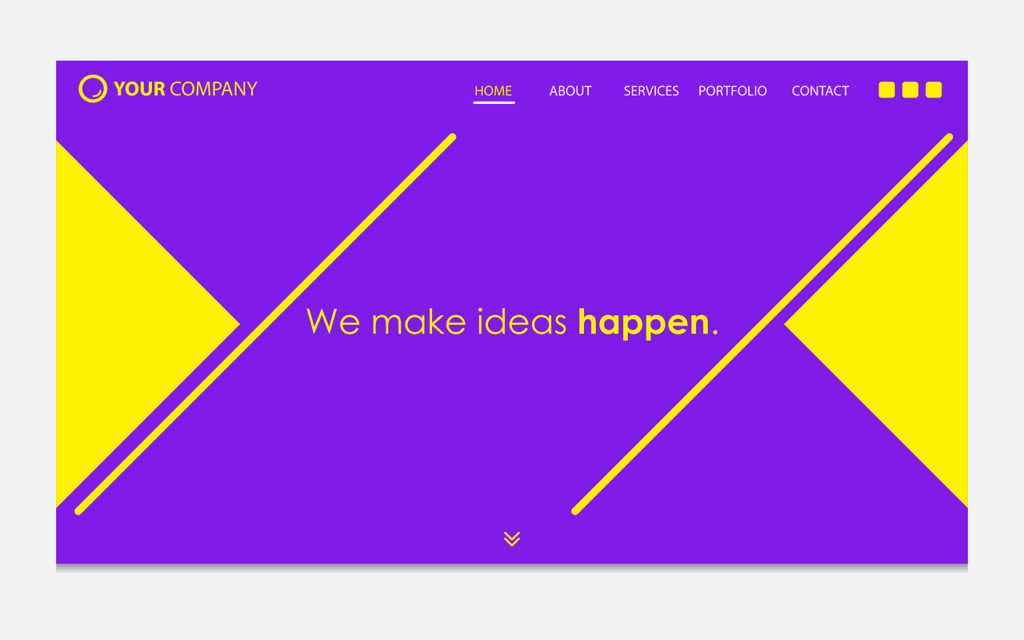
Apart from readability, user emotions influence the typography in a user interface as well. As users ourselves, we may have never noticed how the text attracts us to a certain website. But the text font blended with the rest of the user design is decisive in making us a daily user of that website.
2. Color
Good color has a history of subtly conveying a message. Different cultures, genders, or mindsets are decisive in ensuring whether a color set suits a user interface or not. To approach the best color for a user interface, it is best practice to consider user personas. Top website designers like to view user personas before choosing the color palette for their user interface design. Their inclination towards generating moods and emotions in users through their websites is what leads them to the best set of colors.
Color tends to evoke emotions inside human beings. Being blessed with the sense of sight, humans tend to look for alluring colors according to their personalities. A specific audience or community using your website will expect color according to their mindsets. … Read the rest
An essential part of professional web design is search engine optimization (SEO). If you’re a new web designer, you can’t navigate web traffic analyses without the right SEO tools. That’s why most web design companies hire SEO specialists.
However, it doesn’t matter if you don’t have professional SEO training. With the many SEO sites and online tools out there, you don’t need it. SEO tools monitor your website stats and construct detailed web reports for your reference.
Moreover, SEO tools help make the website function more efficiently. Since they track your website progress, they help you understand what’s working and what’s not.
As such, if you’re not using any SEO tool, you should invest in one or two. Here are the top SEO tools for web designers in 2021:
1. Ahrefs: SEO Tools & Resources
The Ahrefs SEO management system can be called Google Analytics’ little brother. It is slightly more affordable than the latter. However, it has a comprehensive set of tools, which help highlight your web rankings.
From keyword research tools to competitor analyses and SEO audits, you can do a lot on the platform. You can sign up for either the Lite or Standard membership. The latter is better for professional web design as it allows you to manage more websites at a time.
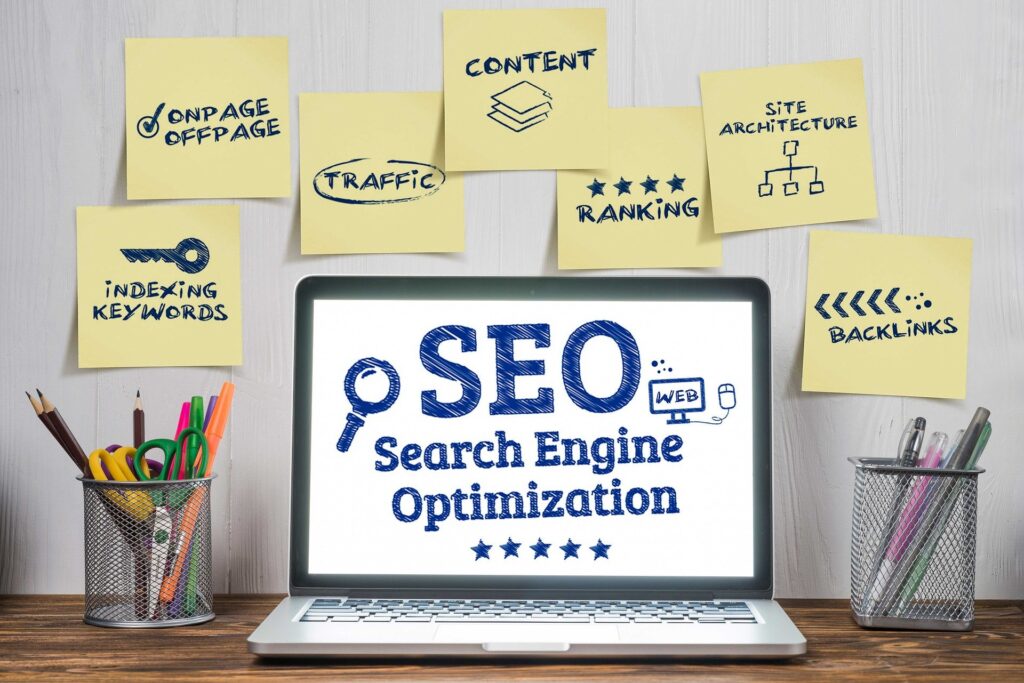
However, the Lite membership is ideal for smaller businesses. It allows you to manage five websites at a time, which is perfect for amateur web designers.
In terms of the list of features, Ahrefs doesn’t bring anything unique. All tools are pretty standard. However, users praise the site for the quality of features. For example, keyword research is more accurate than other similar tools.
2. Moz: SEO Booster Software
Even if you don’t use it, you can’t navigate the SEO world without learning about Moz. For web designers, it is one of the best tools out there because it caters to all types of needs. It’s highly popular because it has both free and premium features.
Not only does it offer basic functions such as keyword research, but it also provides advanced features such as backlink analyses and SERP rankings. Overall, Moz is a well-rounded platform, with user-friendly applications.
The platform provides both training and educational opportunities for advanced and amateur SEO specialists. It provides adequate knowledge-building for those unfamiliar with SEO strategies, which is helpful for independent bloggers and entrepreneurs.
Moreover, the … Read the rest
With the development of websites, human lives have become easier and more reliable. Along with the digitization of basic actions such as communication, pioneers were able to introduce many other functionalities through websites.
The functionalities were helpful but the usability was not. Users started identifying whether a system had a smooth procedure or not. That issue was also solved after being acknowledged by many researchers.
However, the problem did not end there. A user’s satisfaction with a web application still seemed very loose. The user experience which was termed as the contentment a user feels while using a particular website or application was not very visible. All in all, this was a necessary aspect, as dealing with just functionality or just a typical user flow would very quickly bore someone of an application.
How to make the UX of your website easy?
Let’s talk about what makes a website desirable. There is unfortunately no real answer to this question. It all depends on how you perceive the user’s potential needs. Incorporating the best experience according to these needs is indeed a challenge. Your UX design must conquer the attention of your user to create an excellent web design. But the real challenge that arises is to streamline the UX of your website; make it easy and effective.
Ensure Availability
A loading sign on the first page of a website is crucial to the attention span of a user. Too long and they leave. Making sure that your website is easily available to the user at all times of need, is necessary to enhance the user’s satisfaction.
Avoid Unnecessary Animations
Animations make the entire website’s experience interactive. But do these animations increase the level of user satisfaction? Or does the user get tired by their unending motions?
Animations are an essential feature of a good website but how long will this animation go until the user can finally click the desired button? Such questions are primal to the potential problems in a complex UX design.
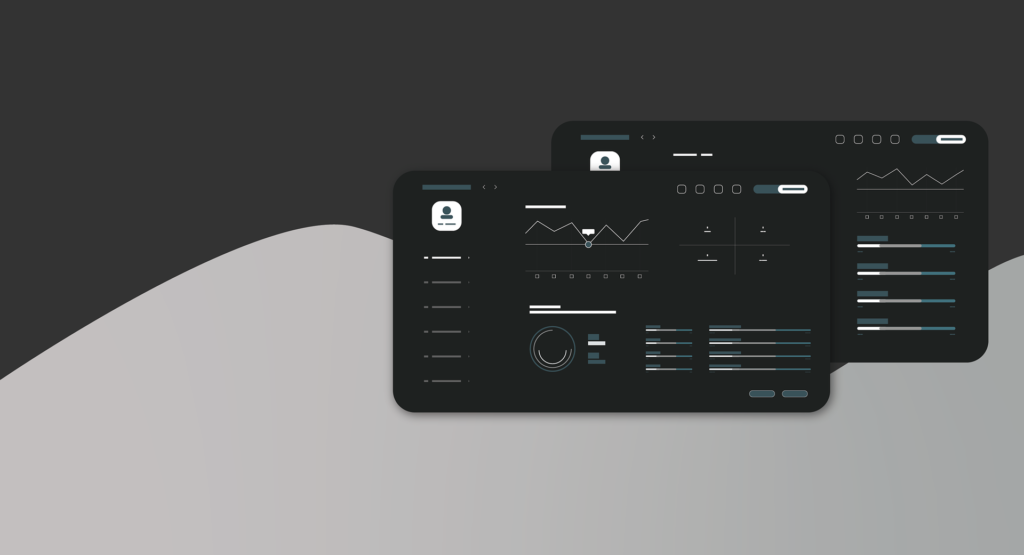
Implement Engagement
Engagement is yet another aspect that ensures you a great website design. Users are found to leave unappealing websites sooner than engaging ones. Engaging websites ensure a sense of reliability as well. Incorporating a helper chatbot onto your website will allow the user to ask for help in case they feel lost while navigating through the website, or if they need some questions answered … Read the rest






